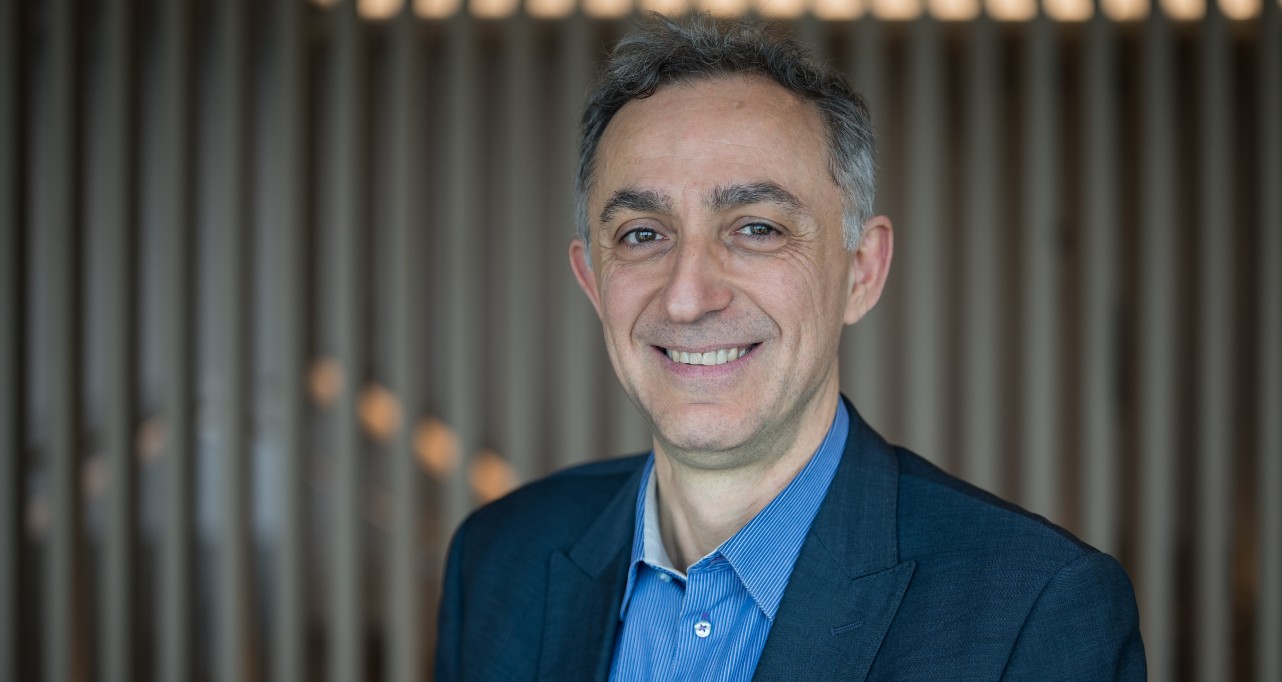These cookies cannot be disabled. They are essential for core functionality in ebrd.com to ensure a seamless and secure experience.
My first business trip to a gigantic Soviet-era car plant showed me how a lack of energy efficiency was both a market failure and an enormous business opportunity.
It took a while to create confidence in clients and colleagues alike and address the simplistic "two-year payback period" rule, which was used at that time as the main criterion to populate investment plans. The client would only invest if a payback period of two-year was to be expected.
This is much shorter than for other investments, yet clients still insisted on this.
Today, clients have recognised much more the benefits that EE investments bring – from cost savings, better reliability of new technologies to increased comfort, etc.
Fast forward 20 plus years and the notion of the structural benefits of energy efficiency and clean energy is deeply ingrained in any business strategy.
As a result, for the last four years the EBRD has consistently allocated over 50 per cent of its own funds to green investments and, on the way, mobilised increasing amounts of private capital both at individual project level and through the capital markets.
Looking at the lessons of the past, it seems to me that investments in climate adaptation offer similar benefits while facing comparable, albeit different, challenges.
As in the case of energy efficiency, adaptation investments and enhanced resilience practices don’t generate additional revenue streams; rather, they produce future savings.
But both improve investor confidence and the competitive profile of countries, cities, infrastructure and corporates.
Why does this matter?
Well, we are living in complex and turbulent times. Emerging technologies and markets dynamics combine with changing geopolitical trends to challenge established international norms and rules.
At the same time, the impacts of climate change are becoming more frequent and severe.
We are seeing this firsthand across our countries of operations – from worsening water stress in Central Asia to flooding in the Western Balkans, all of which cause loss of livelihood, disruption to services, and damage to assets.
In this context, the green transition remains an enormous opportunity. A green economy is more competitive, more resilient, it generates more jobs, and attracts greater investment.
That’s why increasing climate resilience delivery in terms of finance, policy, and capacity, is a core objective and operating principle of our new forthcoming Green Economy Transition (GET) strategy.
This strategy is being developed by the Climate Strategy and Delivery (CSD) department, in collaboration with other teams across the Bank, and will coincide with the next Strategic Capital Framework for 2026-30.
It will outline our green ambitions and guide how we deliver for our clients, playing a key role in helping our countries and clients harness market transition opportunities and respond to the intensifying threats of climate change.
We should be proud of our work over the last five years. We reached record levels of green investment (€9.6 billion in 2024) and delivered high-impact policy reforms that helped markets to kickstart green transitions.
The vision for the updated GET strategy centres on maximising our green investment volumes and scaling our mobilisation of private capital from both domestic and international sources.
We want to foster broader systemic impact by focusing on six critical systems:
- green financial systems
- energy transition
- industrial decarbonisation
- sustainable food and agriculture
- urban infrastructure
- sustainable connectivity
We also plan to increase our efforts in adaptation and nature finance.
We are not developing the new GET strategy in isolation. It’s crucial that we work with financial partners, such as other multilateral development banks (MDBs) and expert industry institutions, in order to make the most of each other’s knowledge and skills.
We anticipate that the updated GET strategy will be approved by the end of 2025 following a public consultation in the second half of this year. And this is where you can help. Stay tuned for more details and updates throughout the year.
Share your knowledge with us
We need your stories from the past – what you learned when financing energy efficiency and the first renewable energy projects. You can give us invaluable insights into how to engage effectively with internal and external stakeholders and how to create new markets.
Second, the role of the private sector is more important than ever in bridging the persistent climate finance gap.
We need you to spread the word – why mobilising private capital is important and how MDBs can provide the products and frameworks to attract private investors.
Third, help us create effective networks to share knowledge and experience, and facilitate alignment of objectives and solutions.
Last, but certainly not least, keep looking at what we do, ask questions, challenge our work, keep reminding us of the EBRD core values and continue to, in true EBRD style, stimulate us by remaining innovative.
I look forward to engaging and sharing. Stay tuned for more details and updates throughout the year.
Subscribe to EBRD Green for monthly updates on our work.




